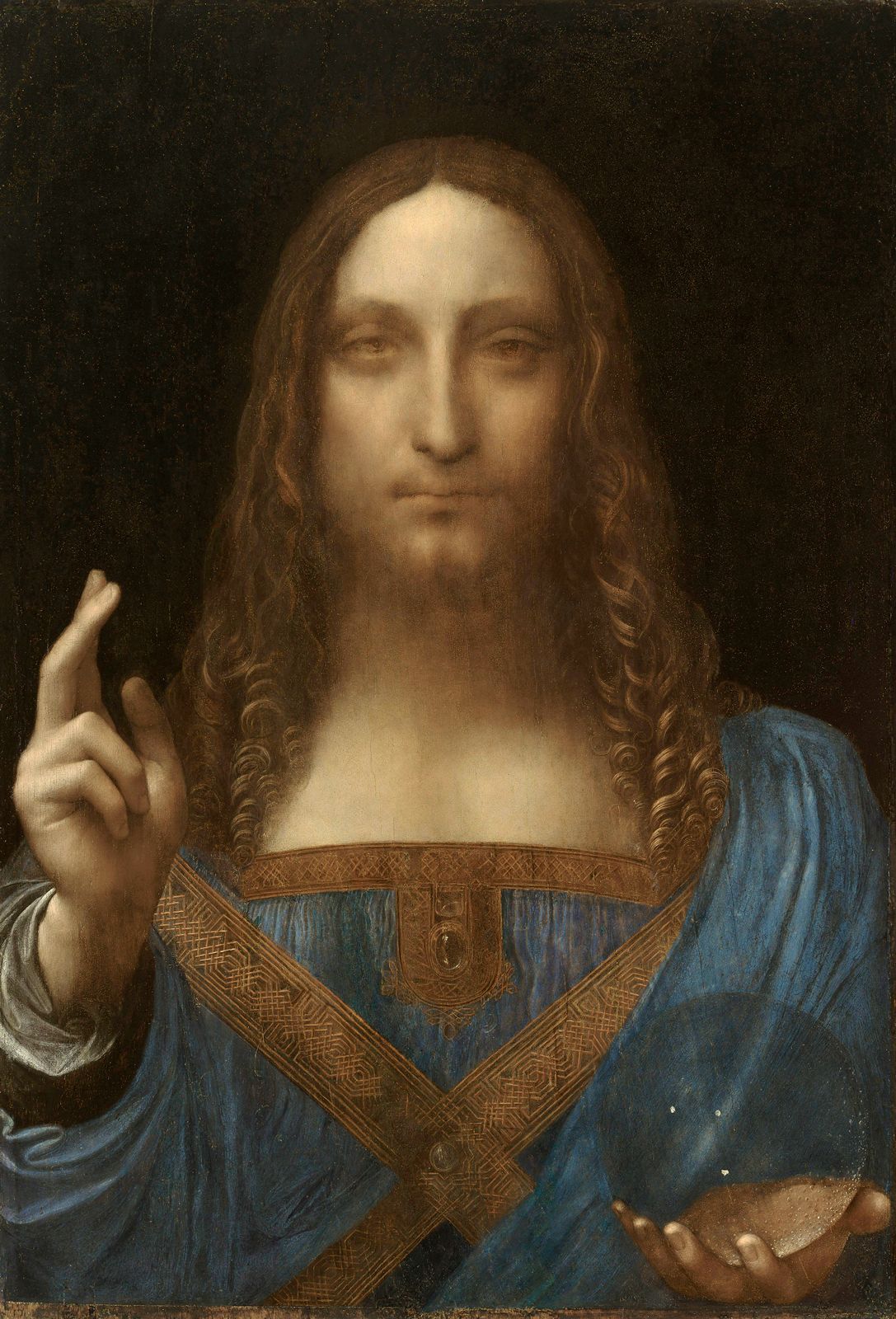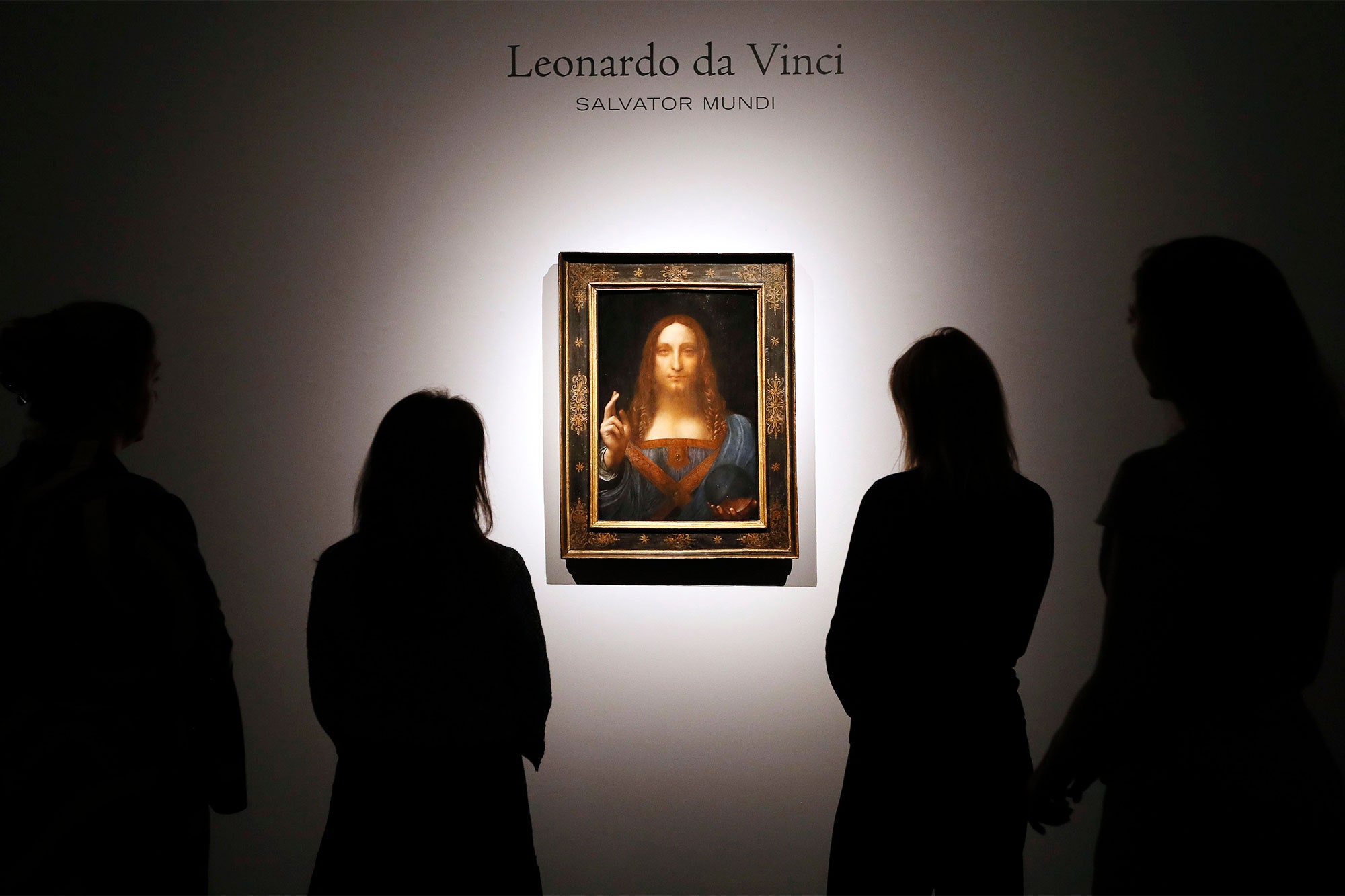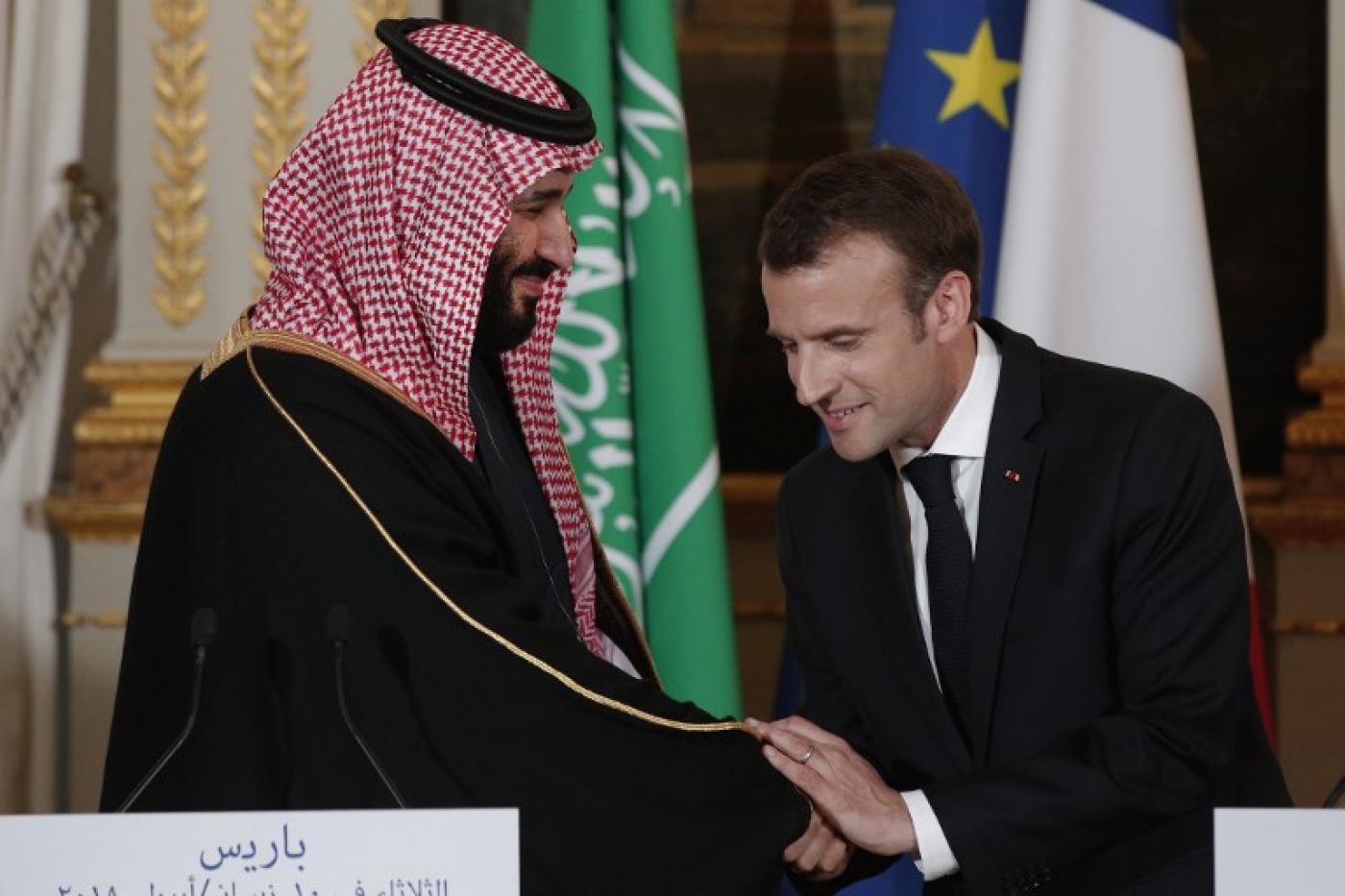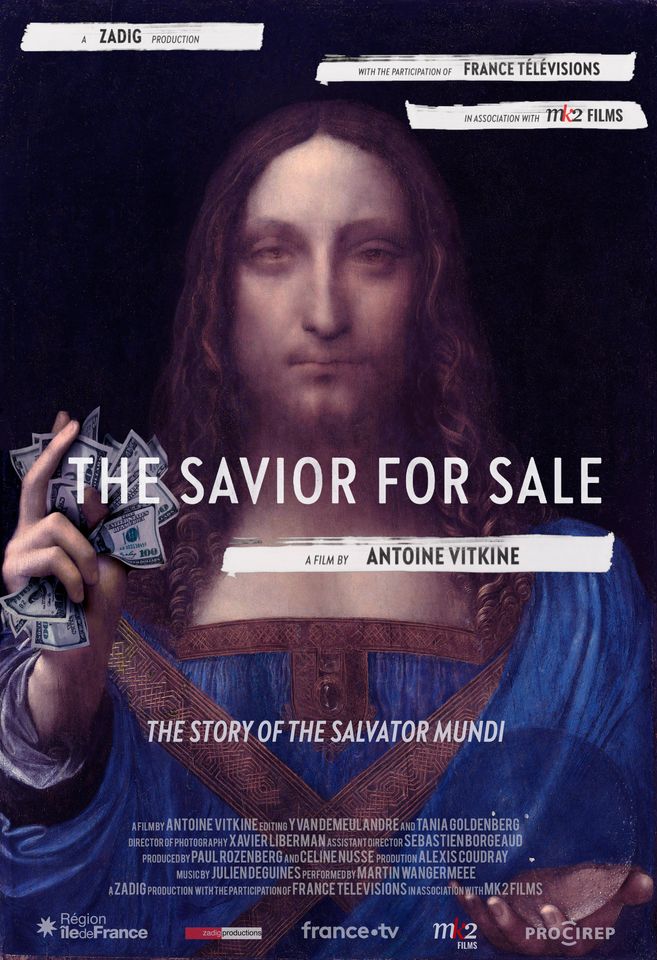The “mark of shame” was a phrase used in 1911 to describe the empty spot in the Louvre where the Mona Lisa once hung after being stolen on 21 August that year. Before its theft, the Mona Lisa was not widely known outside of the art world. It wasn’t even the most famous painting in the gallery it hung in, let lone in the Louvre. It was the theft that turned Da Vinci’s artwork into the most famous piece of art in the world, without international headlines the Mona Lisa would have just been another painting hanging on a gallery wall. Perhaps, all paintings need a scandal to become the most famous work of art? Or is it just Da Vinci who finds his masterpieces in scandalous headlines? In 2017 when Prince Badr bin Abdullah broke a record at a Christie’s auction by spending $450.3 million dollars on a painting, the world turned to see what the highest ever bid bought Saudi Arabia’s first minister of culture.The oil on walnut panel, Salvator Mundi, is a painting which mysteriously surfaced several years prior to the auction and has since mystified the art world.
Although following the 2017 auction, reports surfaced claiming Prince Badr had made the purchase on behalf of Abu Dhabi’s Department of Culture and Tourism, it has since been posited that he may have been a stand-in bidder for his close ally and Saudi Arabian crown prince Mohammed bin Salman. Conversely, Christie’s has since confirmed that Prince Badr did indeed act on behalf of Abu Dhabi’s Department of Culture and Tourism for display at the Louvre Abu Dhabi. Thus when the painting was not put on display at the Lourve Abu Dhabi concerns were raised of the paintings whereabouts. Just as the painting did not appear at the Abu Dhabi Louvre in 2018, it did not materialise in the Louvre’s Paris exhibition of Leonardo works in 2020. Following the painting not being displayed in the Lourve’s Leonardo da Vinci show, the art world began to question the authenticity of Salvator Mundi. Earlier this month a feature length documentary by Antoine Vitkine, The Savior for Sale, premiered in France and investigated the paintings absence from the Lourve show. According to The Art Newspaper:
In the film, an anonymous senior official in French President Emmanuel Macron’s government, codenamed ‘Jacques’, tells Vitkine that the Louvre’s extensive scientific examination of the painting, conducted in secret, concluded that Leonardo da Vinci himself ‘only contributed’ to the picture, and that its ‘authenticity’ could not be confirmed.

And just like that Salvator Mundi once again provided a mystery. The painting was not only a record breaker or point of dispute in the art world, but it also hung as a great political symbol to both Saudi and the Crown Prince Mohammed Bin Salman (MBS). As the crown prince of Saudi Arabia MBS has a multi-billion dollar deal with France to build a cultural hub in Saudi with its Al-Ula region planned to be a cultural site and one of the biggest tourist attractions in the Middle East. The deal doesn’t sit well with me and probably never will. Once one looks at the news and is made aware of the major islamophobic laws France is imposing on French Muslims — from the banning of the hijab to banning the halal slaughter of meat — this deal feels a bit like sleeping with the enemy. France is also set to help Saudi build an archeological museum in honour of Islamic cultures. Something about Saudi Arabia trusting the French to help highlight Islamic cultures and histories feels wrong to me as a Muslim myself, when France has been explicitly clear in making their Islamophobic national ideology and violence known. Perhaps, MBS finds it important to come across as a symbol of modernity in Saudi, and feels that through investing in Arabian culture via the French, he will achieve this. I can’t help but question why the choice to have a European piece of art as the centrepiece attraction for a project so focused on Islamic heritage, especially when there are thousands of years of Islamic art that have more of a cultural significance in Saudi Arabia?


Saudi officials and MBS stand by their decision to have the Salvator Mundi be appraised as 100% Da Vinci and pressured the Louvre into presenting it as authentic. The art newspaper continues:
The whole thing changed in a way that was incomprehensible. MBS laid down very clear conditions — show the Salvator Mundi beside the Mona Lisa without any other explanation, present it as 100% Leonardo da Vinci. There were all sorts of negotiations; Saudi Arabia promised a fund or something, but even on Al-Ula they were bad payers, so it wasn’t very rational.
The Leonardo Da Vinci show opened on 21 October 2020 — without the Salvator Mundi. According the the documentary on the work, French officials were in Saudi later that month discussing an offer the Louvre had made and explaining that “the door was still open”. Government insurance indemnity was extended — as The Art Newspaper revealed — to allow the picture to arrive late to the exhibition. The Louvre published a short book about the Salvator Mundi in December, detailing the findings of their laboratory analyses of the artwork. As mentioned in the preface, “The results of the historical and scientific study presented in this publication allow us to confirm the attribution of the work to Leonardo da Vinci…” Speculation still follows the painting and we may never know if the work is truly authentic. It has always surprised me that people could believe that art is not political, especially when we see scandals such as these arise in the art world revealing just how deeply rooted in politics art is. A part of me believes Salvator Mundi is authentic, however, my inner realist is persistent in reminding myself that even though a picture/painting may say a thousand words — in our society’s current make up — money always speaks louder.




















































